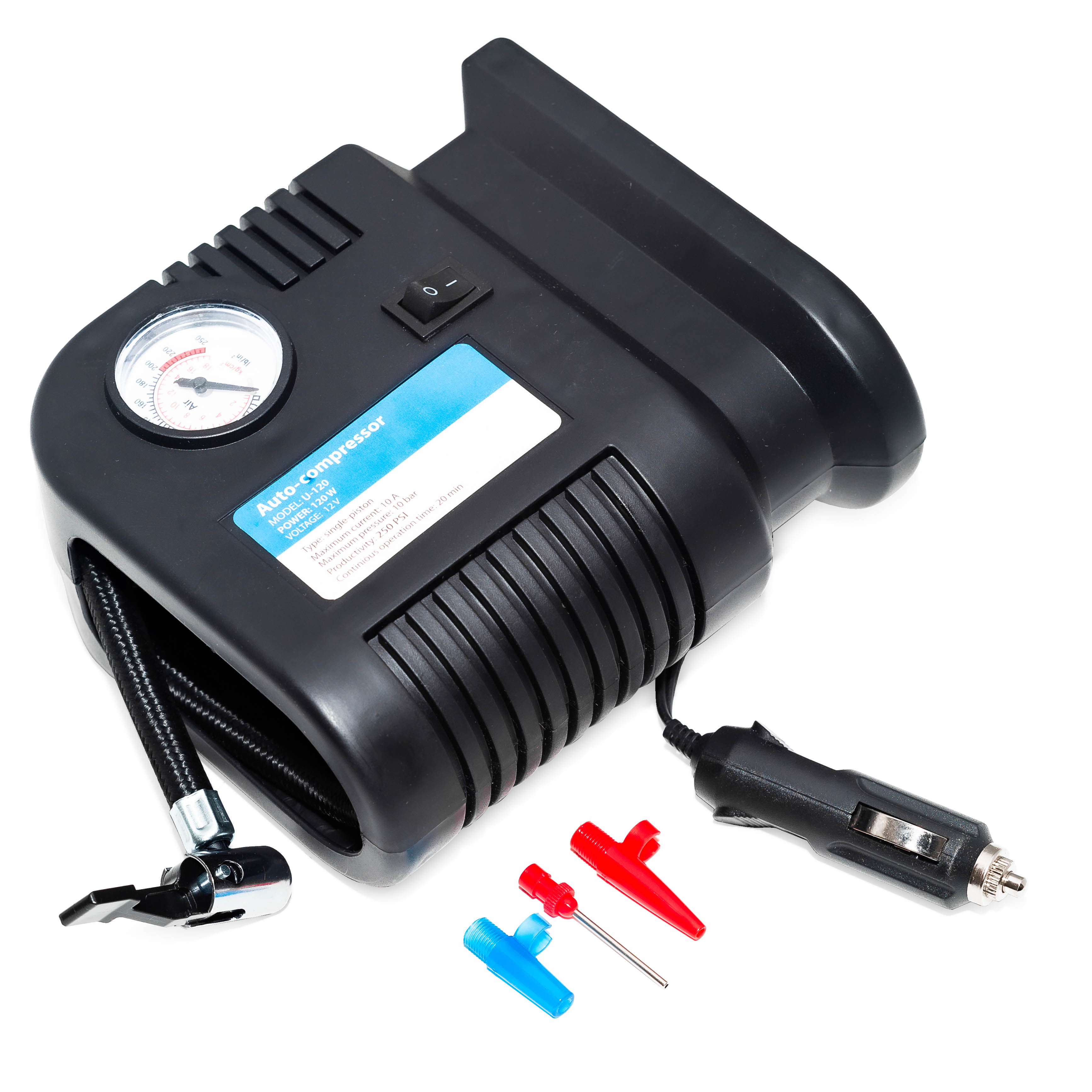

This pressure is lower than that of the refrigerant in the suction line. As the swash plate pulls the piston down in the cylinder, it creates a drop in pressure. Once the pressure within the cylinder exceeds the force of the closing springs and the refrigerant pressure in the discharge line, the valve opens, allowing the high pressure refrigerant gas to be pushed out into the discharge port and eventually into the discharge line. The discharge reed valves are held closed by springs so that they act like a check valve.


The closing of the inlet valve allows the piston to continue to raise the pressure within the cylinder. The instant the pressure within the cylinder exceeds that of the suction line, the intake reed valve closes. When the piston then starts its upward travel, the volume within the cylinder is reduced, causing a rise in pressure. To accomplish this, the refrigerant must first enter the intake port and push the intake reed valve down (open) so that it may be drawn into the cylinder.Ĭompression Stroke. The refrigerant gas is then drawn into the cylinder from the suction (low pressure) side. As the piston moves down in the cylinder, the volume becomes greater and the pressure is reduced. Intake Stroke: Whenever the piston is moving in a downward direction, it can be considered to be on an intake stroke. The compressor then pumps out high-pressure, high-temperature refrigerant gas to the condenser. The suction (inlet) side draws in low-pressure, low-temperature refrigerant gas from the evaporator. The suction line is always larger in diameter than the discharge line. The refrigerant lines can always be identified by their physical size. Two refrigerant lines are attached to the compressor, one being the discharge line and the other the suction line. This clutch provides a means of turning the compressor on or off, depending upon the temperature requirements of the system. The compressor’s drive pulley is incorporated into an electromagnetic clutch. The compressor is belt-driven from the engine crankshaft. In most cases, the compressors are mounted near the front of the engine. Without proper refrigerant circulation, the cooling process of the air-conditioning system will be reduced or will stop working altogether.Īir conditioning compressors come in may different styles, but all perform the same function.


 0 kommentar(er)
0 kommentar(er)
